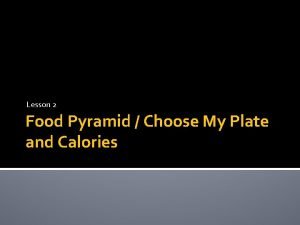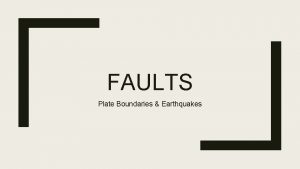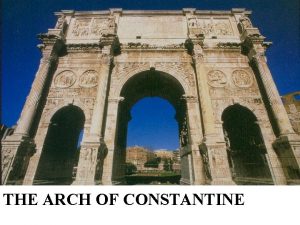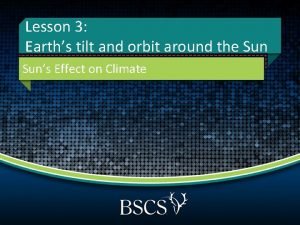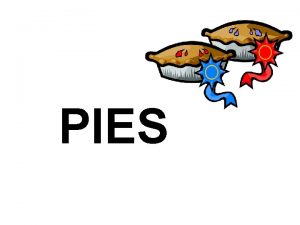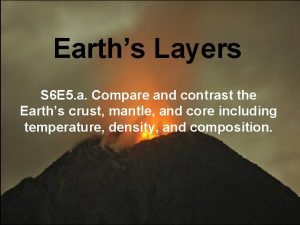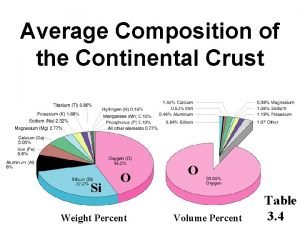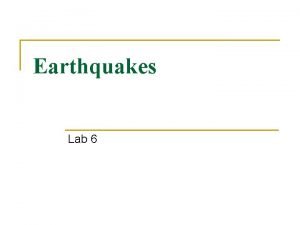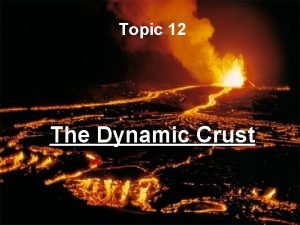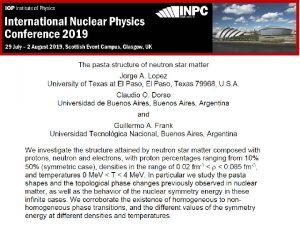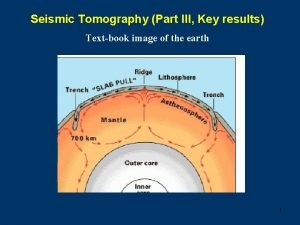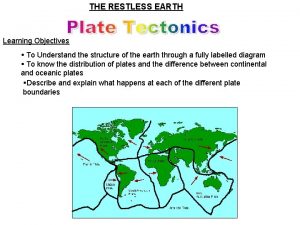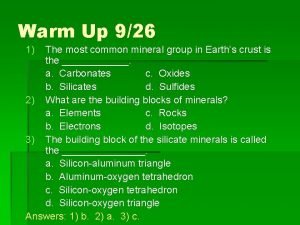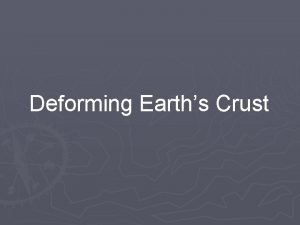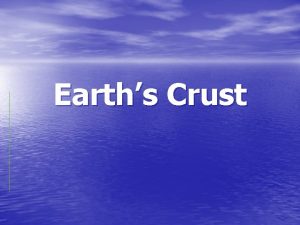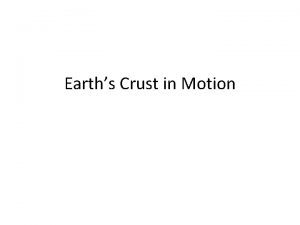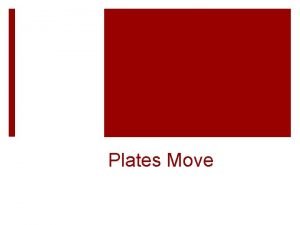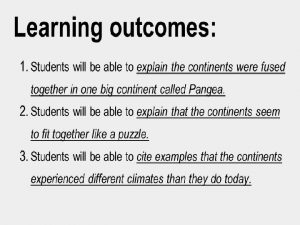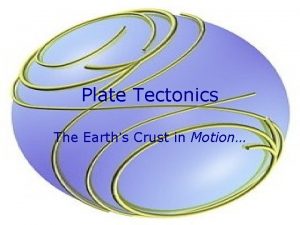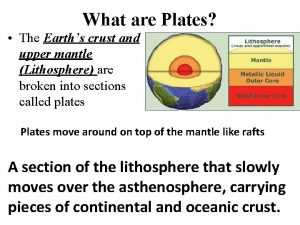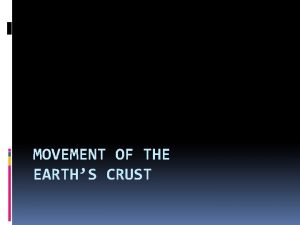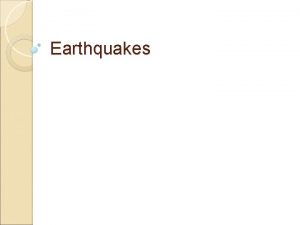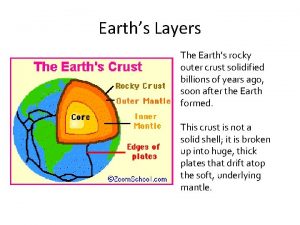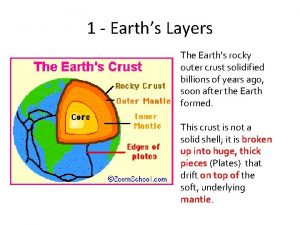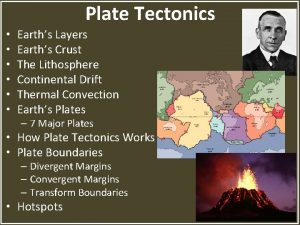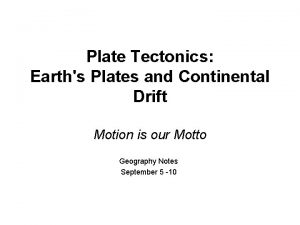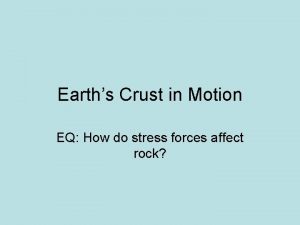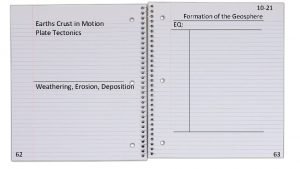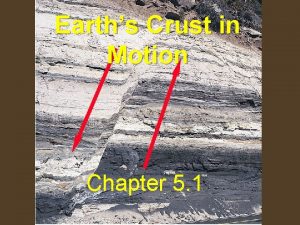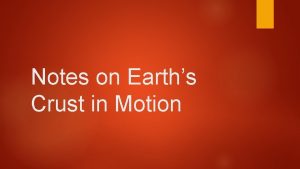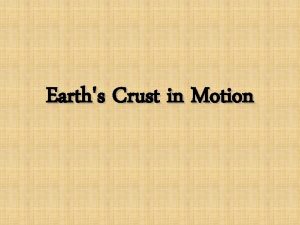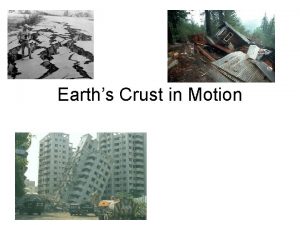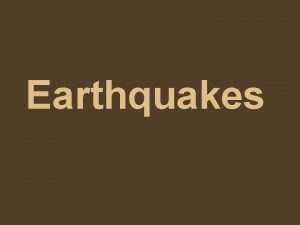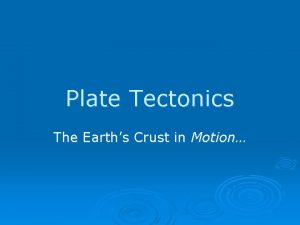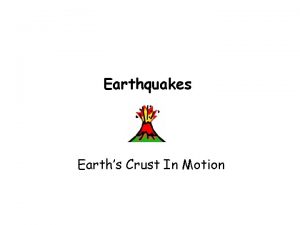Earths Crust in Motion When the Earths plates




































- Slides: 36

Earth’s Crust in Motion


• When the Earth’s plates are in motion, earthquakes may occur. • Tier Word • Motion-movement.

STRESS • The movement causes stress in the crust. • There are 3 types of stress in the crust • Stress -pressure

Musical sliders

Tensional Stress (gum)

Compressional Stress


What happens during an earthquake? • The stress builds and then releases. This is the energy in an earthquake. • An earthquake is the shaking and trembling that is caused by the movement of rock beneath Earth’s surface.

Faults • Earthquakes are caused by stress at fault lines. • A fault line is found at the boundaries of two different lithospheric plates. • (it’s the faults fault! ) • haaaaaa


Strike slip fault • Caused by shearing • Rocks slip past each other • San Andreas Fault



• Normal faults -the land is pulling apart or stretching. • The tension in the crust increases until the rocks fracture. • One block of land slips downward • Fracture-break

Reverse Forms by compression hanging wall slides up and over footwall Formed Appalachian Mountains (Thrust) Fault


• http: //www. iris. edu/gifs/animations/faults. ht m

• http: //science. howstuffworks. com/nature/n atural-disasters/earthquake 3. htm

Safety Tips • • • Have an earthquake readiness plan. make your home sturdier, such as bolting bookcases to wall studs, installing trong latches on cupboards, and strapping the water heater to wall Locate a place in each room of the house that you can go to in case of an earthquake. It should be a spot where nothing is likely to fall on you. Keep a supply of canned food, an up-to-date first aid kit, 3 gallons (11. 4 liters) of water person, dust masks and goggles, and a working batteryoperated radio and flashlights. Know how to turn off your gas and water mains. .


Mountain Building • Takes millions of years • Caused by compression/converging forces • Formed by folding –bends in rock that form when compression shortens and thickens part of Earth’s crust

Mountain Building Cont. • Syncline • Anti-cline • Plateau dip = peak rock bends into an arch =large area of flat land elevated high above sea level

Colorado Plateau

Folding

upward fold

Syncline

Syncline

folded arched rock

Anti-Cline-fold

Tier words to Know for the Test and Beyond • • Compress -squeeze Geologic event (earthquakes, volcanoes) • • • Interior-inside Motion -movement Anything that starts with the prefix geo-earth Volcanologist- studies volcanoes Seismologist- studies earthquakes Diverge -separate Converge- come together Transform- slip past Stress –pressure/tension

Students Stop Here

Teacher notes

Questions to Think About Essential Questions: • Can we predict earthquakes? Can we predict when volcanoes will erupt? • What do earthquakes and volcanoes tell us about what is happening inside the earth and on the surface? • Do you have to worry about a volcanic eruption or • earthquake where you live? Why or why not?

What students need to know for the long run – Unit Enduring Understandings: – Studying historical earthquakes and volcanic eruptions improves our understanding of earth's processes. – Although it is known where earthquakes and volcanic eruptions are likely to happen, there is currently no reliable way to predict precisely when an event will occur. – Volcanoes and earthquakes indicate the high temperatures and pressures that exist in earth's interior. – Volcanism(volcanic activity) and seismic(earthquake) activity vary across the globe

Common misunderstandings • • • What do students typically misunderstand? Earthquakes don’t only occur when whole plates slide past each other. Earthquakes don’t create a gap or hole in the earth's surface. Earthquakes don’t occur at one depth. Lava that erupts out of a volcano does not comes from earth's core. Earthquakes don’t cause volcanic eruptions. Plate boundaries are not the same as faults. Lava does not come out of all volcanic eruptions
 Periodic table of elements families
Periodic table of elements families Plasticity in earth's layers
Plasticity in earth's layers Which layers together constitute the lithosphere
Which layers together constitute the lithosphere Earths crust
Earths crust Earths major crustal plates
Earths major crustal plates My plate
My plate What is luna moon
What is luna moon Brown earth soil ireland
Brown earth soil ireland Earths roation
Earths roation Earths layers definition
Earths layers definition Which layer of the earth slowly moves like putty
Which layer of the earth slowly moves like putty Earths boundaries
Earths boundaries Continental drift theory
Continental drift theory Whats earths moon called
Whats earths moon called What is this shape
What is this shape Earths early atmosphere contained
Earths early atmosphere contained Study of the earth's physical features
Study of the earth's physical features Earths 4 spheres
Earths 4 spheres Earths interior
Earths interior Earths biomes
Earths biomes Arch of constantine reliefs
Arch of constantine reliefs Earths orbit seasons
Earths orbit seasons Earth's honey fertilizer
Earth's honey fertilizer The earths layer foldable
The earths layer foldable What does the earths tilt cause
What does the earths tilt cause Whats earths moon called
Whats earths moon called What does earths tilt do
What does earths tilt do 321 dough
321 dough Lithosphere
Lithosphere Continental crust composition
Continental crust composition Mantle is made up of
Mantle is made up of Distrophism
Distrophism Earth's dynamic crust and interior topic 12
Earth's dynamic crust and interior topic 12 What is the crust
What is the crust Texbook
Texbook Labelled diagram
Labelled diagram Most abundant minerals in earth's crust
Most abundant minerals in earth's crust





